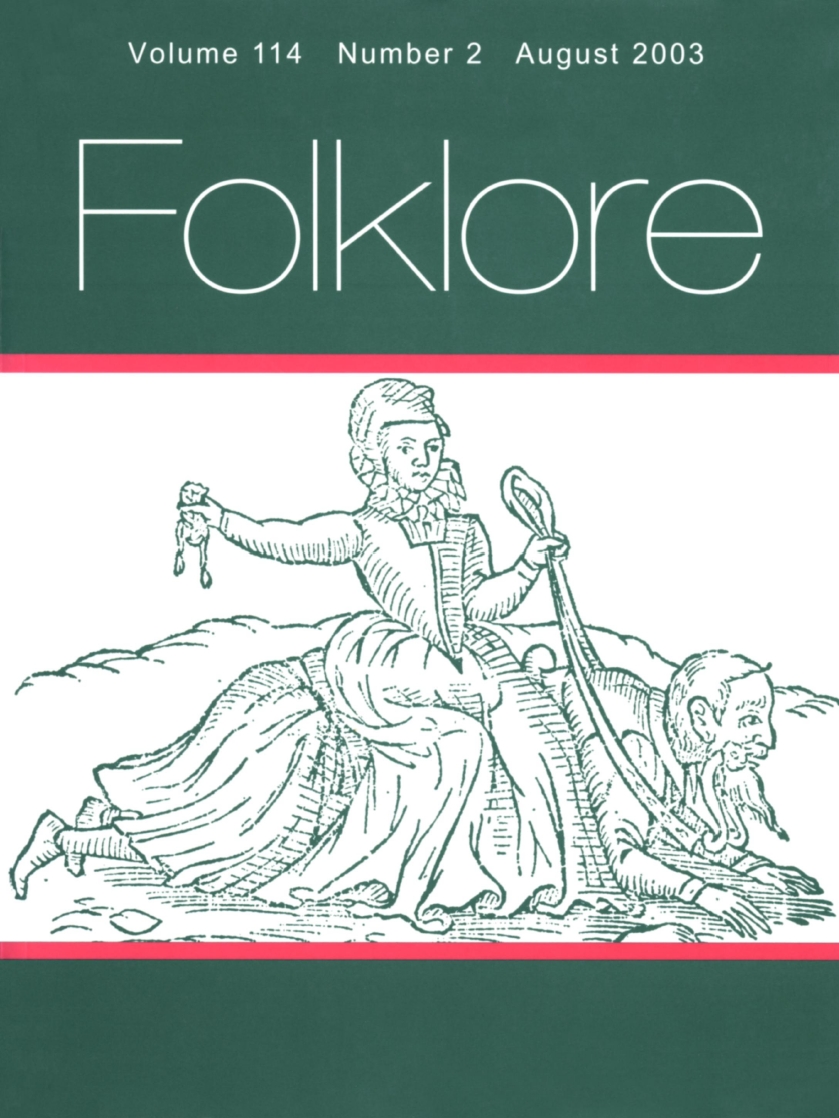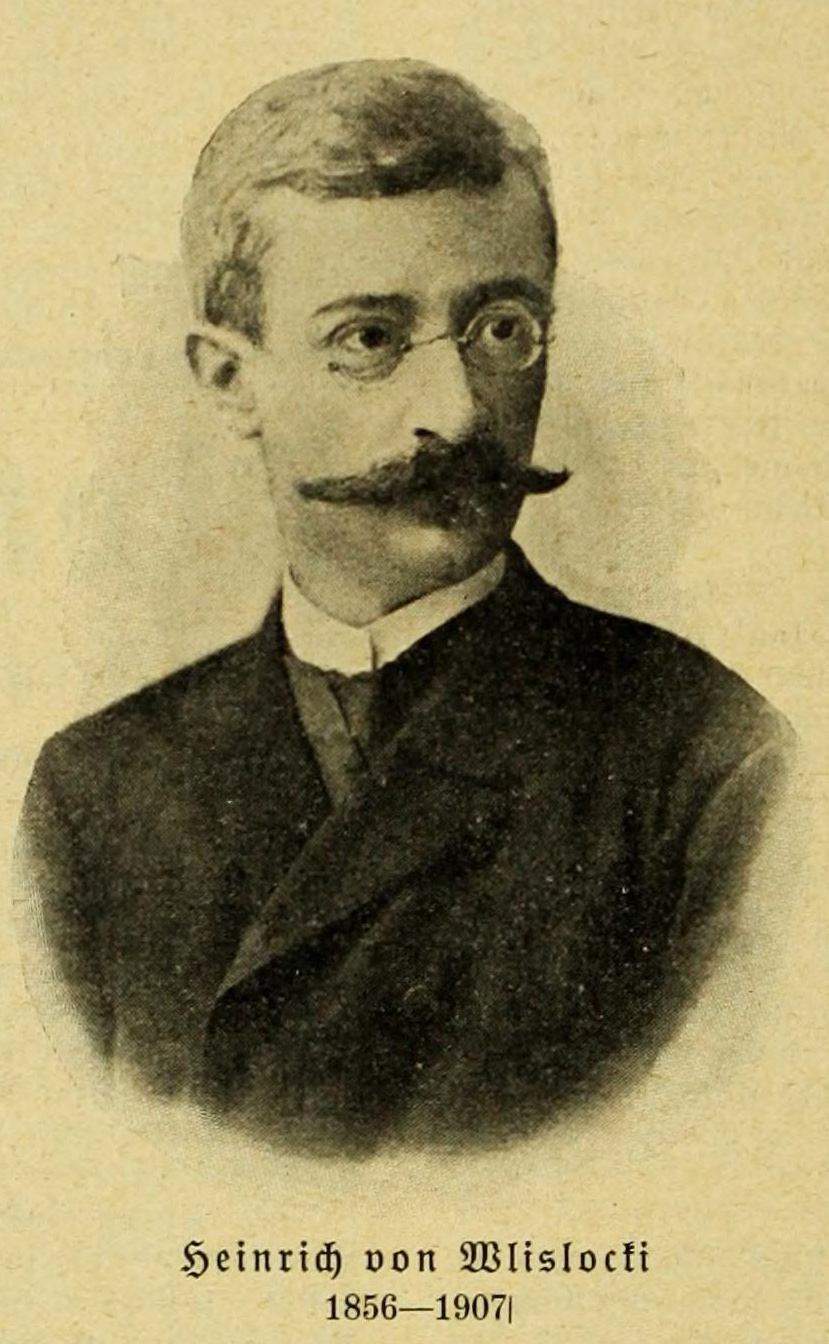|
Tulisa, The Wood-Cutter's Daughter
''Tulisa, the Wood-Cutter's Daughter'' is an Indian legend from the Somadeva Bhaṭṭa, related to ''Cupid and Psyche''. The tale belongs to the international cycle of the ''Animal as Bridegroom'' or ''Search for the Lost Husband'': Tulisa, a woodcutter's daughter, agrees to marry the owner of a mysterious voice, and her father consents to their marriage and eventually becomes rich. Tulisa discovers the identity of her husband – a prince of serpents named Basnak Dau - and loses him, but eventually finds him. She helps Basnak Dau regain his former throne and they live together happily at last. Source French folklorist Emmanuel Cosquin claimed that the tale was first collected in 1833, from a washerwoman in Benares (Varanasi). An English language version of the tale, published in 1842, in ''The Asiatic Journal'', claimed that the tale was "a great favourite amongst the people of Hindustan". Synopsis Tulisa, the beautiful daughter of a poor woodcutter (Nur Singh, or Nursingh), ... [...More Info...] [...Related Items...] OR: [Wikipedia] [Google] [Baidu] |
Somadeva Bhaṭṭa
The ''Kathāsaritsāgara'' ("Ocean of the Streams of Stories") (Devanagari: कथासरित्सागर) is a famous 11th-century collection of Indian legends, fairy tales and folk tales as retold in Sanskrit by the Shaivite Somadeva. ''Kathāsaritsāgara'' contains multiple layers of story within a story and is said to have been adopted from Guṇāḍhya's '' Bṛhatkathā'' ("the Great Narrative"), which was written in a poorly-understood language known as Paiśāchī. The ''Bṛhatkathā'' is no longer extant but several later adaptations still exist — the ''Kathāsaritsāgara'', '' Bṛhatkathamanjari'' and '' Bṛhatkathāślokasaṃgraha''. However, none of these recensions necessarily derives directly from Gunadhya, and each may have intermediate versions. Scholars compare Guṇāḍhya with Vyasa and Valmiki even though he did not write the now long-lost '' Bṛhatkathā'' in Sanskrit. Presently available are its two Sanskrit recensions, the '' Bṛhatkatha ... [...More Info...] [...Related Items...] OR: [Wikipedia] [Google] [Baidu] |
Folklorist
Folklore studies, less often known as folkloristics, and occasionally tradition studies or folk life studies in the United Kingdom, is the branch of anthropology devoted to the study of folklore. This term, along with its synonyms, gained currency in the 1950s to distinguish the academic study of traditional culture from the Cultural artifact, folklore artifacts themselves. It became established as a field across both Europe and North America, coordinating with ''Volkskunde'' (German language, German), ''folkeminner'' (Norwegian language, Norwegian), and ''folkminnen'' (Swedish language, Swedish), among others. Overview The importance of folklore and folklore studies was recognized globally in 1982 in the UNESCO document "Recommendation on the Safeguarding of Traditional Culture and Folklore". UNESCO again in 2003 published a Convention for the Safeguarding of the Intangible Cultural Heritage. Parallel to these global statements, the American Folklife Preservation Act (P.L. 94-20 ... [...More Info...] [...Related Items...] OR: [Wikipedia] [Google] [Baidu] |
Albania
Albania ( ; sq, Shqipëri or ), or , also or . officially the Republic of Albania ( sq, Republika e Shqipërisë), is a country in Southeastern Europe. It is located on the Adriatic and Ionian Seas within the Mediterranean Sea and shares land borders with Montenegro to the northwest, Kosovo to the northeast, North Macedonia to the east and Greece to the south. Tirana is its capital and largest city, followed by Durrës, Vlorë, and Shkodër. Albania displays varied climatic, geological, hydrological, and morphological conditions, defined in an area of . It possesses significant diversity with the landscape ranging from the snow-capped mountains in the Albanian Alps as well as the Korab, Skanderbeg, Pindus and Ceraunian Mountains to the hot and sunny coasts of the Albanian Adriatic and Ionian Sea along the Mediterranean Sea. Albania has been inhabited by different civilisations over time, such as the Illyrians, Thracians, Greeks, Romans, Byzantines, Venetians, and Ot ... [...More Info...] [...Related Items...] OR: [Wikipedia] [Google] [Baidu] |
Nakhchivan Autonomous Republic
The Nakhchivan Autonomous Republic ( az, Naxçıvan Muxtar Respublikası, ), is a landlocked exclave of the Republic of Azerbaijan. The region covers Official portal of Nakhchivan Autonomous RepublicNakhchivan Autonomous Republic with a population of 459,600 bordered by Armenia to the east and north, Iran to the southwest, and Turkey to the west. The republic, especially the capital city of Nakhchivan, has a long history dating back to about 1500 BCE. ''Nakhijevan'' was one the cantons of the historical Armenian province of Vaspurakan in the Kingdom of Armenia. Historically though, the Persians, Armenians, Mongols, and Turks all competed for the region. The area that is now Nakhchivan became part of Safavid Iran in the 16th century. In 1828, after the last Russo-Persian War and the Treaty of Turkmenchay, the Nakhchivan Khanate passed from Iranian into Imperial Russian possession. After the 1917 February Revolution, Nakhchivan and its surrounding region were under the autho ... [...More Info...] [...Related Items...] OR: [Wikipedia] [Google] [Baidu] |
Azerbaijan
Azerbaijan (, ; az, Azərbaycan ), officially the Republic of Azerbaijan, , also sometimes officially called the Azerbaijan Republic is a transcontinental country located at the boundary of Eastern Europe and Western Asia. It is a part of the South Caucasus region and is bounded by the Caspian Sea to the east, Russia (Republic of Dagestan) to the north, Georgia to the northwest, Armenia and Turkey to the west, and Iran to the south. Baku is the capital and largest city. The Azerbaijan Democratic Republic proclaimed its independence from the Transcaucasian Democratic Federative Republic in 1918 and became the first secular democratic Muslim-majority state. In 1920, the country was incorporated into the Soviet Union as the Azerbaijan SSR. The modern Republic of Azerbaijan proclaimed its independence on 30 August 1991, shortly before the dissolution of the Soviet Union in the same year. In September 1991, the ethnic Armenian majority of the Nagorno-Karabakh region formed the ... [...More Info...] [...Related Items...] OR: [Wikipedia] [Google] [Baidu] |
English Language
English is a West Germanic language of the Indo-European language family, with its earliest forms spoken by the inhabitants of early medieval England. It is named after the Angles, one of the ancient Germanic peoples that migrated to the island of Great Britain. Existing on a dialect continuum with Scots, and then closest related to the Low Saxon and Frisian languages, English is genealogically West Germanic. However, its vocabulary is also distinctively influenced by dialects of France (about 29% of Modern English words) and Latin (also about 29%), plus some grammar and a small amount of core vocabulary influenced by Old Norse (a North Germanic language). Speakers of English are called Anglophones. The earliest forms of English, collectively known as Old English, evolved from a group of West Germanic (Ingvaeonic) dialects brought to Great Britain by Anglo-Saxon settlers in the 5th century and further mutated by Norse-speaking Viking settlers starting in the 8th and 9th ... [...More Info...] [...Related Items...] OR: [Wikipedia] [Google] [Baidu] |
Romani People
The Romani (also spelled Romany or Rromani , ), colloquially known as the Roma, are an Indo-Aryan ethnic group, traditionally nomadic itinerants. They live in Europe and Anatolia, and have diaspora populations located worldwide, with significant concentrations in the Americas. In the English language, the Romani people are widely known by the exonym Gypsies (or Gipsies), which is considered pejorative by many Romani people due to its connotations of illegality and irregularity as well as its historical use as a racial slur. For versions (some of which are cognates) of the word in many other languages (e.g., , , it, zingaro, , and ) this perception is either very small or non-existent. At the first World Romani Congress in 1971, its attendees unanimously voted to reject the use of all exonyms for the Romani people, including ''Gypsy'', due to their aforementioned negative and stereotypical connotations. Linguistic and genetic evidence suggests that the Roma originated ... [...More Info...] [...Related Items...] OR: [Wikipedia] [Google] [Baidu] |
Heinrich Von Wlislocki
Heinrich Adalbert von Wlislocki ( Hungarian: ''Wlislocki Henrik''; born 9 July 1856 in Kronstadt; died 19 February 1907 in Klosdorf bei Kleinkopisch, now in Șona) was a Transylvanian linguist and folklorist. The son of an ethnically Polish Austro-Hungarian Imperial tax collector and a Transylvanian Saxon, he attended the venerable Johannes Honterus Gymnasium (school) in Kronstadt and then the recently founded University of Klausenburg (later Franz Joseph University) from 1875 to 1879. In 1879 he earned his doctorate with a dissertation on Eddic poetry, ''Hapax Legomena im Atlamál'', which was published in ''Acta Comparationis Litterarum Universarum,'' a journal edited by his academic advisors, Hugo Meltzl and Sámuel Brassai. After the death of his father, he worked in humble circumstances as a private tutor. From 1883 to 1890 he lived in Mühlbach (Sebeș). In his specialty, Romani studies, he pursued an extensive literary collection effort and engaged in field studies wi ... [...More Info...] [...Related Items...] OR: [Wikipedia] [Google] [Baidu] |
Transylvania
Transylvania ( ro, Ardeal or ; hu, Erdély; german: Siebenbürgen) is a historical and cultural region in Central Europe, encompassing central Romania. To the east and south its natural border is the Carpathian Mountains, and to the west the Apuseni Mountains. Broader definitions of Transylvania also include the western and northwestern Romanian regions of Crișana and Maramureș, and occasionally Banat. Transylvania is known for the scenery of its Carpathian landscape and its rich history. It also contains Romania's second-largest city, Cluj-Napoca, and other iconic cities and towns such as Brașov, Sibiu, Târgu Mureș, Alba Iulia and Sighișoara. It is also the home of some of Romania's List of World Heritage Sites in Romania, UNESCO World Heritage Sites such as the villages with fortified churches in Transylvania, Villages with fortified churches, the Historic Centre of Sighișoara, the Dacian Fortresses of the Orăștie Mountains and the Rosia Montana Mining Cultural Landsc ... [...More Info...] [...Related Items...] OR: [Wikipedia] [Google] [Baidu] |
Motif (folkloristics)
The ''Motif-Index of Folk-Literature'' is a six volume catalogue of motifs, granular elements of folklore, composed by American folklorist Stith Thompson (1932–1936, revised and expanded 1955–1958). Often referred to as Thompson's motif-index, the catalogue has been extensively used in folklore studies, where folklorists commonly use it in tandem with the Aarne–Thompson–Uther Index, an index used for folktale type analysis. As standard tools The motif-index and the AT or ATU indices are regarded as standard tools in the study of folklore. For example, folklorist Mary Beth Stein says, "Together with Thompson's six-volume ''Motif-Index of Folk-Literature'', with which it is cross-indexed, ''The Types of Folktale'' constitutes the most important reference work and research tool for comparative folk-tale analysis. Alan Dundes who was an outspoken critic also said substantially the same thing, without confining the application to comparative studies: "he indicesindex consti ... [...More Info...] [...Related Items...] OR: [Wikipedia] [Google] [Baidu] |
Inger Margrethe Boberg
Inger Margrethe Boberg (July 23, 1900 – May 9, 1957) was a Danish folklore researcher and writer. She studied philology at the University of Copenhagen and received her Master's degree in 1925. In 1927, she stayed at Lund University with the folklore professor Carl Wilhelm von Sydow. In 1934, she obtained the Dr. Phil. degree in folkloristics as the first woman in Denmark. From 1932 to her death, she was archivist at the Danish Folklore archive (''Dansk Folkemindesamling''). However, during many years, she had to occasionally take temporary jobs as a school teacher in order to provide a living for herself. Not until 1952, when she had a long-established name in international folkloristics, she obtained a steady position. In 1945, she received the Tagea Brandt Rejselegat. The prize enabled her to embark on a study trip to the U.S., where she worked with Stith Thompson and co-edited his ''Motif-Index of Folk-Literature''. Selected works * Boberg, I.M. (1928). " Prinsessen på glasbj ... [...More Info...] [...Related Items...] OR: [Wikipedia] [Google] [Baidu] |


